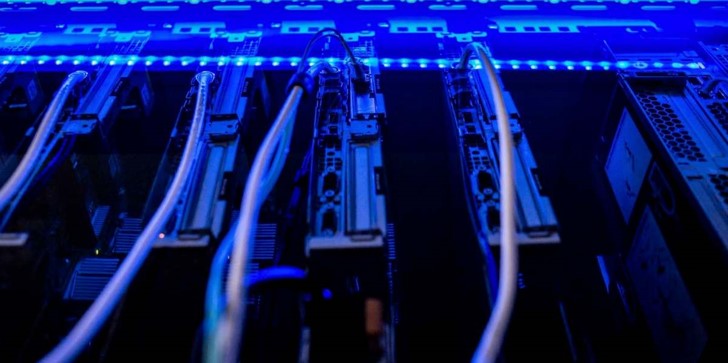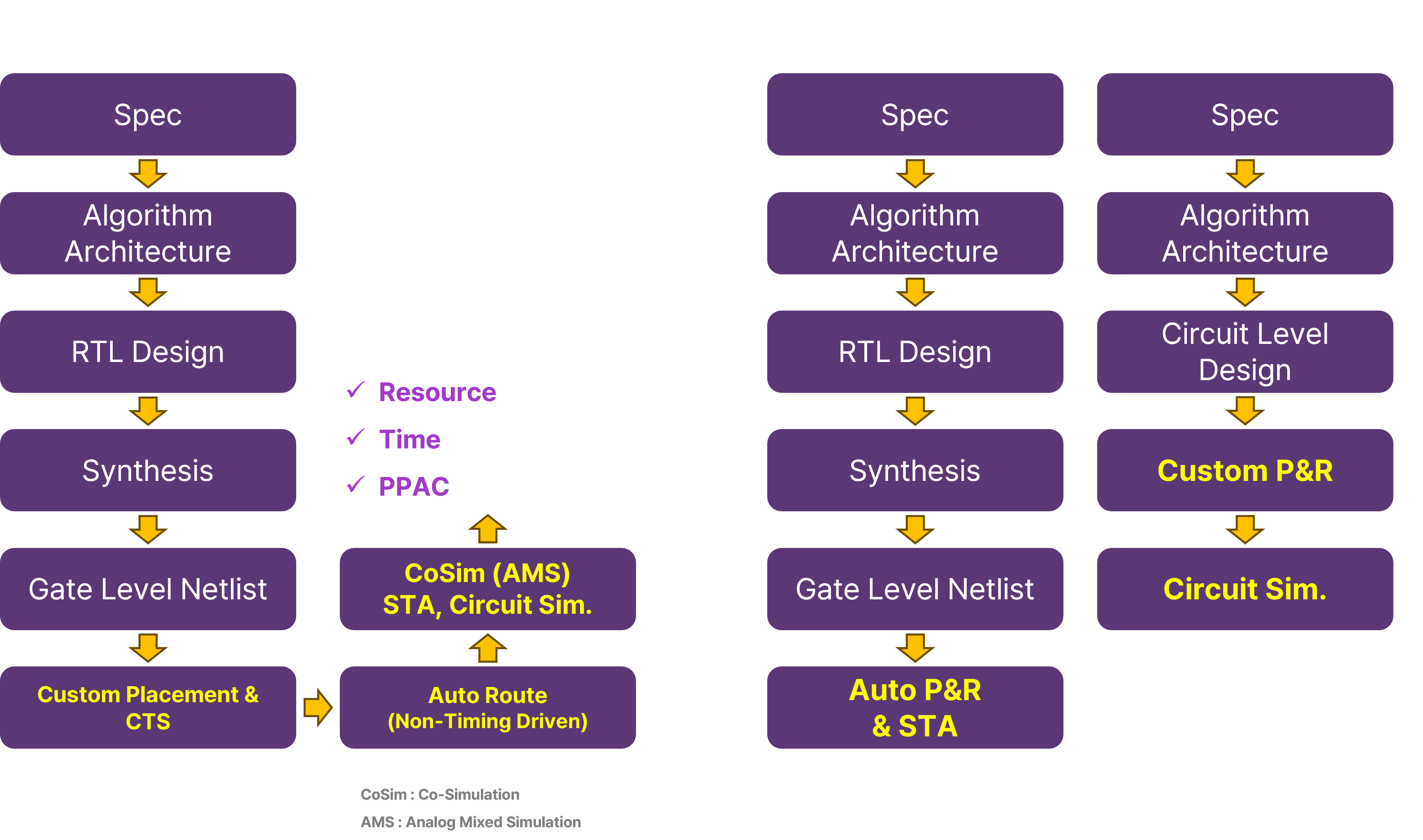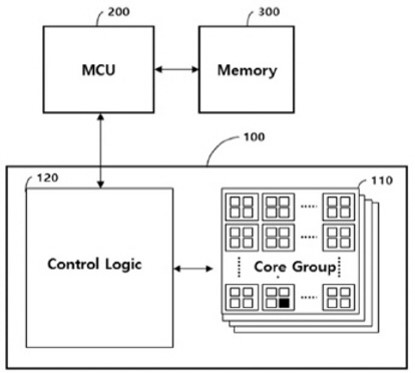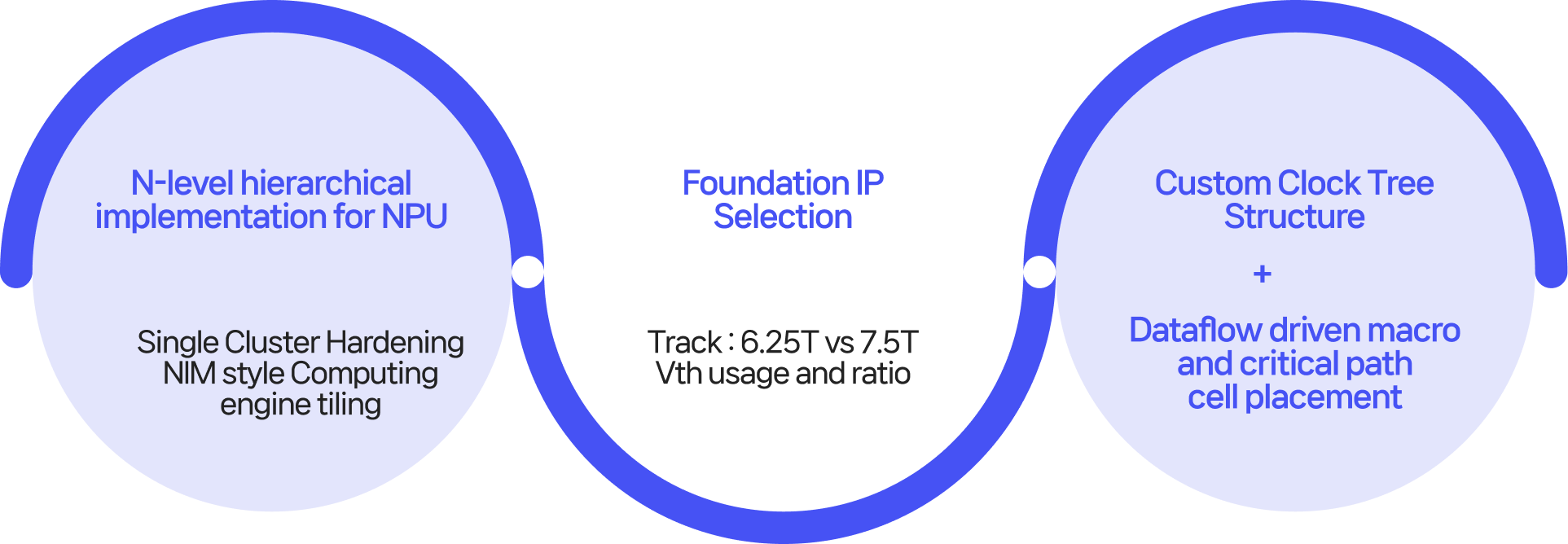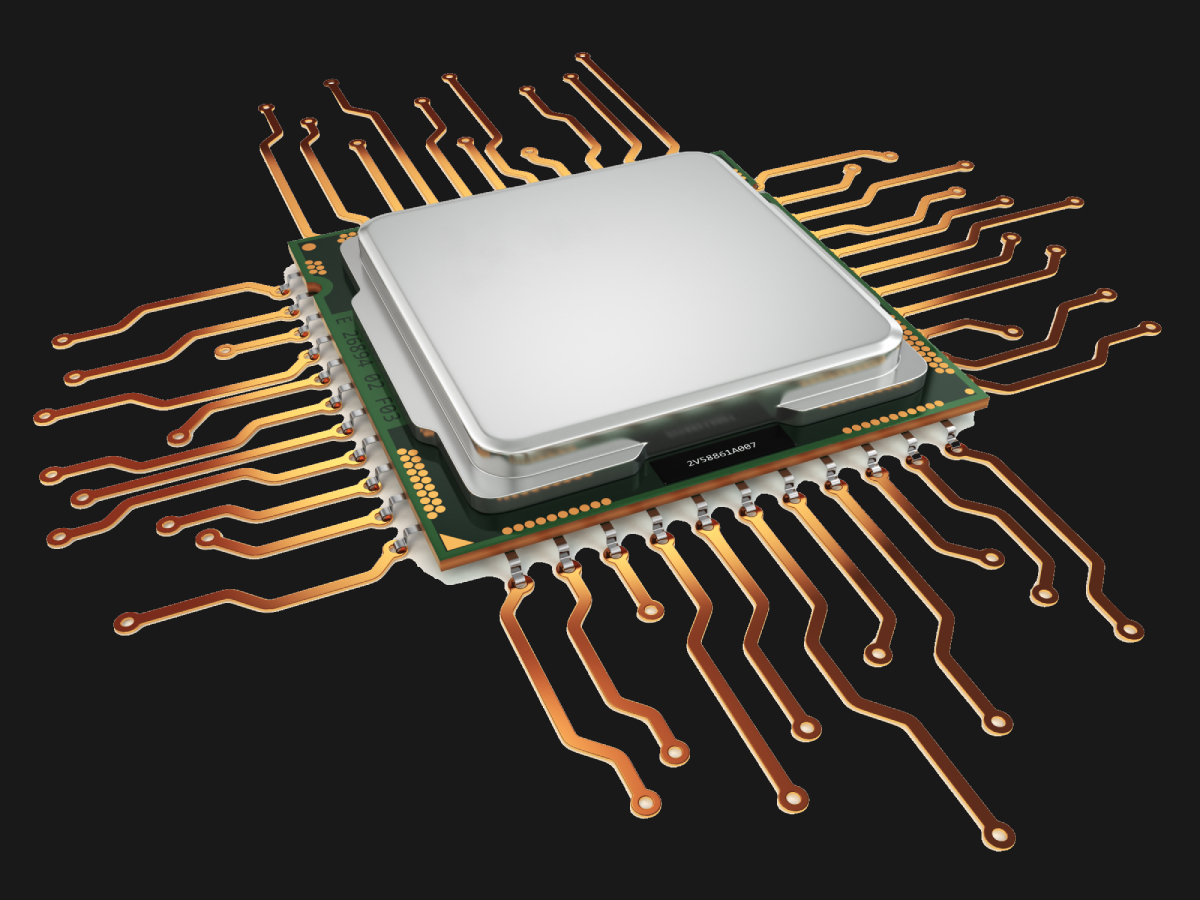CAREER
SOTERIA VISION
Innovation
Innovate for Tomorrow
Inspiring Innovation, Driving Success
Pioneering Tomorrow's Solutions Today
Unleashing Creativity, Igniting Innovation
Sustainable Growth
Growing Responsibly, Thriving Sustainably
Sustainable Growth, Shared Prosperity
Building a Sustainable Future, One Growth Step at a Time Innovate for Sustainable Progress
Customer Centric
Putting Customers First, Always
Customer Happiness, Our Priority
Building Relationships, One Customer at a Time
Your Success is Our Mission
Social and Environmental Responsibility
Serving Communities, Sustaining the Planet
Empowering People, Nurturing Nature
Balancing Profit with Planet and People
Ethical Actions, Global Impact
Empowering People, Nurturing Nature
Balancing Profit with Planet and People
Ethical Actions, Global Impact
Global Cooperation
Uniting Worlds, Creating Solutions
Collaborate Globally, Impact Locally
Partnerships for a Better Planet
Global Challenges, Collaborative Solutions
Passion
Fueling Success with Passion
Passionate about Excellence, Committed to You
Turning Passion into Purpose
Innovate with Passion, Serve with Heart
Passion for Progress, Dedication to Quality
SOTERIA VISION

